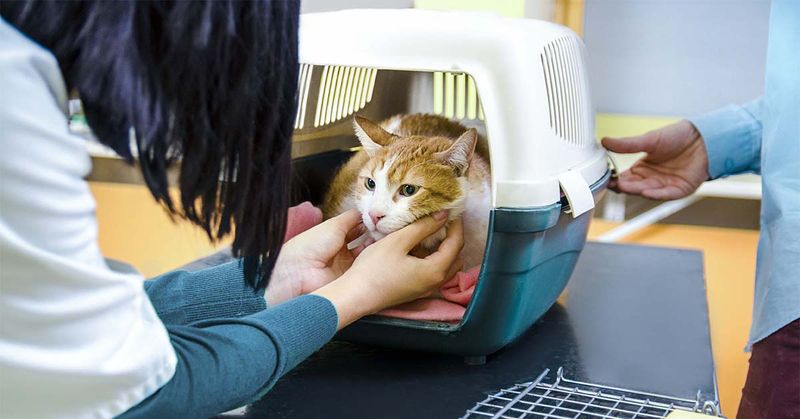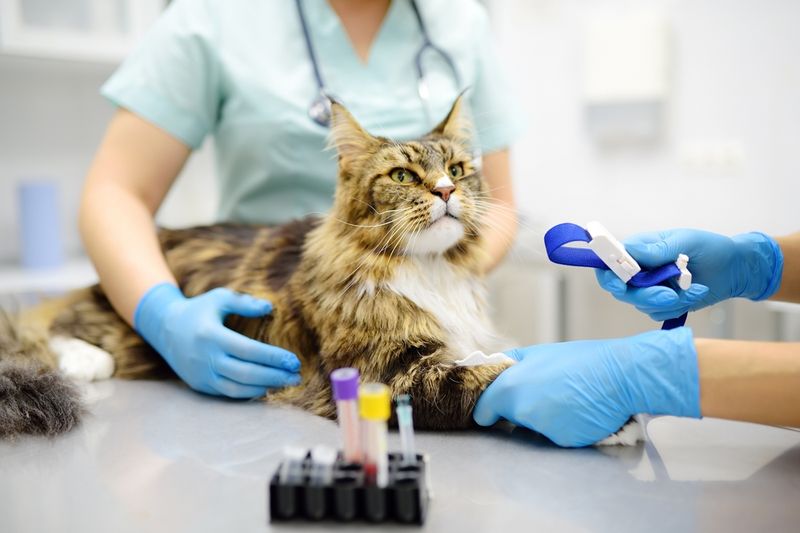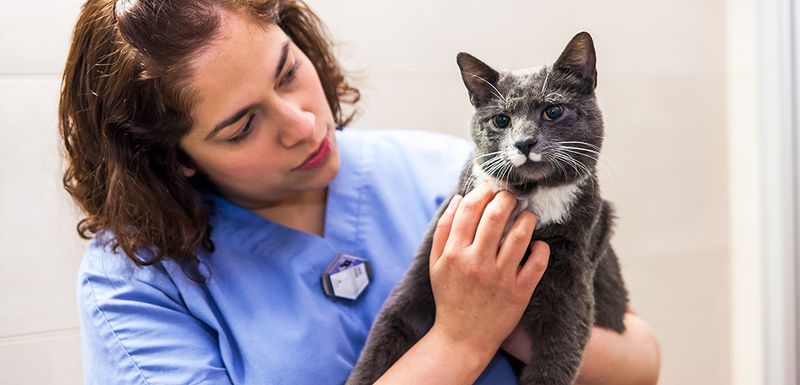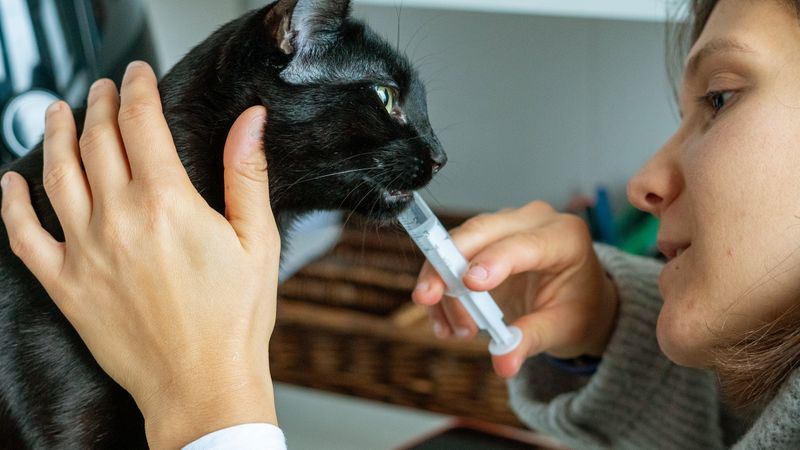📖 Table of Content:
- 1. Lower Frequency of Veterinary Visits for Cats
- 2. Challenges in Handling and Examining Cats
- 3. Lack of Feline-Specific Research
- 4. Limited Feline-Only Clinics and Specialists
- 5. Underreporting of Symptoms by Owners
- 6. Fewer Approved Medications for Cats
- 7. Perceived Value Gap Between Cats and Dogs
Cats may be America’s most popular pet in terms of sheer numbers, but when it comes to healthcare, they’re often left behind. While dogs benefit from a broad spectrum of veterinary advancements, well-funded research, and tailored treatment plans, felines lag in nearly every category of care. This disparity raises important questions about how we value and treat our animal companions—and why cats, despite being cherished by millions, don’t receive equivalent attention in the medical world.
The reasons for this imbalance are varied and complex, stretching from practical handling difficulties to cultural perceptions. While many pet owners view their cats as family, they may still avoid trips to the vet due to the animal’s stress or seeming self-sufficiency. At the professional level, fewer resources are allocated toward cat-specific research, training, and pharmaceutical development, further widening the care gap.
Understanding these gaps is critical—not just for veterinarians and researchers, but for pet owners as well. Raising awareness about why feline healthcare lags behind canine care is the first step in shifting both attitudes and investments. Here are seven core factors contributing to the persistent disparity between feline and canine medicine.
1. Lower Frequency of Veterinary Visits for Cats
Compared to dogs, cats are taken to the vet significantly less often, a pattern that has remained consistent across decades. This isn’t simply a matter of owner neglect—many cat guardians believe their pets are low-maintenance or don’t need frequent checkups.
Unfortunately, this mindset leads to fewer opportunities to catch diseases early, administer vaccines, or provide dental care. Without regular visits, veterinarians also miss the chance to build a medical history for the cat, which can be crucial for future diagnoses.
Preventive medicine thrives on consistency, and when cats are absent from the clinic, they’re excluded from that protective benefit. Moreover, illnesses that could be managed when caught early often become expensive emergencies. The reduced frequency of visits creates a ripple effect that diminishes the overall standard of care for feline patients.
2. Challenges in Handling and Examining Cats
Handling cats in a veterinary setting introduces unique complications that don’t typically arise with dogs. Their stress levels spike in unfamiliar environments, often leading to defensive behavior like scratching, hiding, or even shutting down completely.
This anxious response can shorten the length and depth of an exam, forcing vets to rush or skip crucial assessments. Some clinics are not well-equipped to manage these behavioral nuances, which further limits the quality of care a cat receives. In contrast, dogs often respond more predictably to human interaction and clinical handling, making thorough exams easier to perform.
Until more feline-friendly handling techniques become standard, many cats will remain underserved during appointments. Training and clinic design must evolve to bridge this emotional and behavioral chasm between species.
3. Lack of Feline-Specific Research
Research into feline diseases and treatments is vastly underrepresented when compared to the canine side of veterinary science. Pharmaceutical companies and academic institutions tend to focus their efforts on dogs, whose market size is often seen as more profitable or justifiable.
Consequently, diseases like feline infectious peritonitis or hyperthyroidism lack the depth of study that similar canine conditions receive. The result is a smaller body of scientific knowledge, fewer clinical trials, and limited evidence-based treatments specifically for cats.
With less data to rely on, veterinarians may feel constrained in their ability to confidently diagnose or treat complex feline conditions. This research vacuum delays innovation and discourages new professionals from specializing in feline care. Elevating cat-centric research is essential to leveling the medical playing field between species.
4. Limited Feline-Only Clinics and Specialists
In many regions, it’s far easier to find a general or dog-oriented veterinary clinic than one that specializes exclusively in feline care. Cats, while numerous, do not represent the same commercial opportunity that dog owners typically offer in terms of spending habits and service demand.
As a result, the veterinary infrastructure has been slow to accommodate feline-only practices or dedicate specialists to cat health. Without an environment tailored to their physical and emotional needs, many cats receive care in stressful, mixed-species clinics that aren’t ideal for their well-being.
This lack of focused attention means that cats often miss out on the benefits of highly customized care. Clinics designed with feline behavior and physiology in mind can dramatically improve outcomes, but such spaces are still too rare. Expansion of feline-specific environments could radically shift the standard of care.
5. Underreporting of Symptoms by Owners
Cats are masters at concealing pain, discomfort, and illness—an evolutionary trait that once helped them survive in the wild but now complicates their care. Owners may interpret a cat’s quiet withdrawal as normal behavior, missing subtle signs like reduced grooming, appetite changes, or altered litter box habits.
When symptoms finally become obvious, the underlying condition is often already advanced. This delay in recognition not only limits treatment options but also increases the emotional and financial burden on owners. Education campaigns about feline behavior could help pet parents spot problems earlier.
In contrast, dogs tend to exhibit clearer signs of illness—limping, whining, vomiting—which prompt swifter intervention. Better awareness of feline body language and health indicators is a necessary tool in bridging this diagnostic delay.
6. Fewer Approved Medications for Cats
When it comes to pharmaceuticals, cats are underserved by a significant margin, with far fewer approved medications compared to dogs. Many treatments used for felines are actually off-label dog drugs or specially compounded, meaning they lack official testing and regulatory approval for cats.
This can lead to inconsistent dosages, unexpected side effects, or limited efficacy. The difficulty lies partly in the unique physiology of cats, who metabolize substances differently than dogs and cannot tolerate many common compounds. These differences demand more targeted drug development, which is often deemed economically unviable.
Until the market shifts to support more feline-specific formulations, veterinarians are forced to make do with improvisation. Expanding the pharmaceutical landscape is critical to giving cats the safe, reliable options they deserve.
7. Perceived Value Gap Between Cats and Dogs
Societal attitudes have long placed dogs on a higher pedestal than cats, particularly when it comes to health investments. Owners are more likely to purchase insurance, pursue expensive treatments, or even seek second opinions for dogs, whereas similar advocacy for cats is far less common.
This disparity in perceived value trickles down into policy, funding, and even how clinics allocate resources. Veterinarians may unconsciously internalize these biases, devoting more time or technology to dog patients.
Public campaigns often feature dogs as the ideal pet, reinforcing a cycle of unequal attention. If cats continue to be seen as independent or replaceable, their healthcare will remain an afterthought. Changing perceptions is a long-term effort—but a vital one for parity in veterinary medicine.







